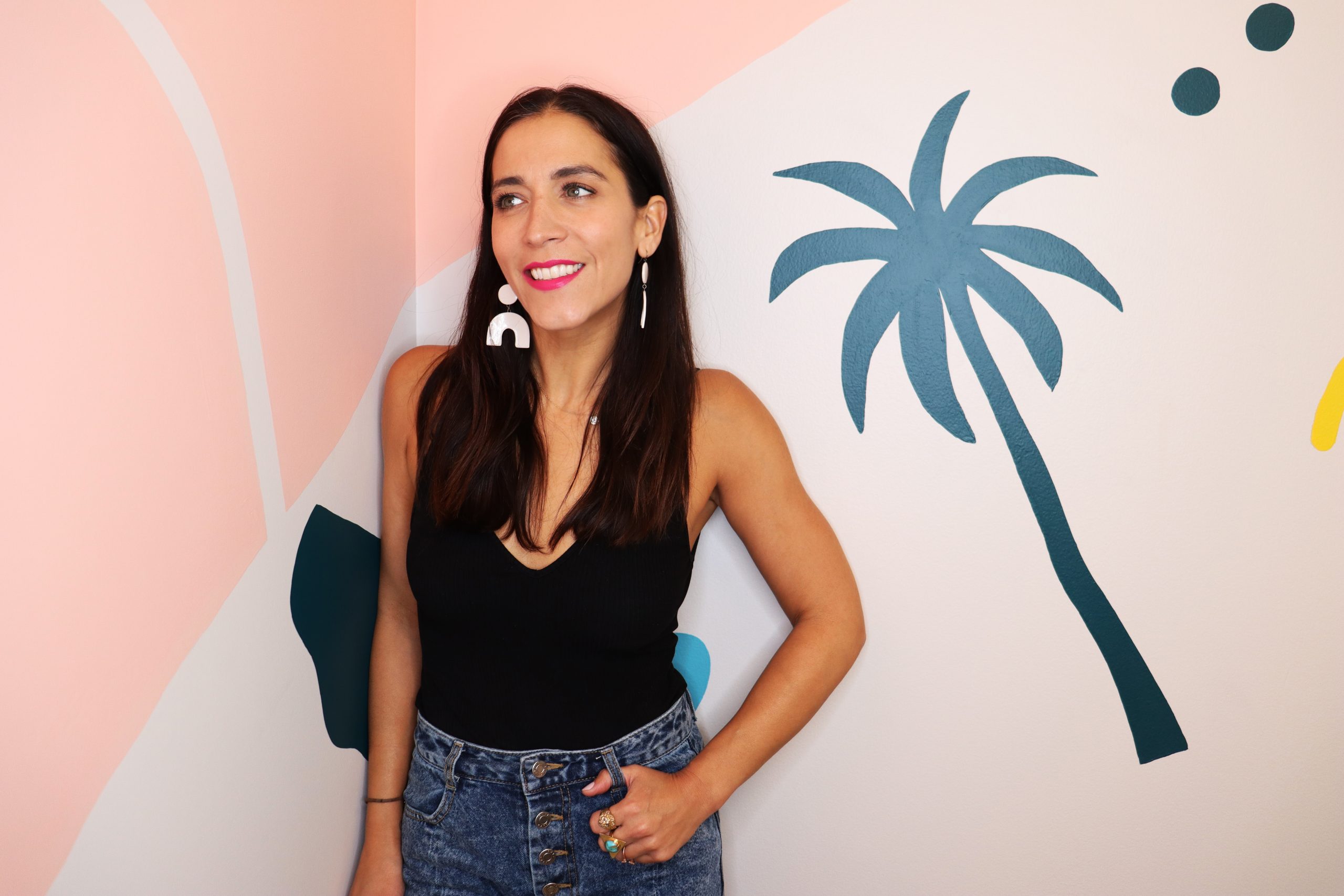
According to Nielsen, 23% of the U.S. population attended a music festival in 2018. For experiential event designers, that represents the ability to reach nearly a quarter of the American market. Agencies like MKG, based in New York and Los Angeles, excel at taking advantage of music festival opportunities; It’s in their nature, as MKG prides themselves on making brands feel more human through the experiences they create. The agency has designed events for cultural powerhouses and iconic brands at Coachella and SXSW to name a few.
With the festival boom in mind, we asked President, MKG West, Laura Gavin to give hosts and designers alike tips for unforgettable music festival experiences. (As told to The Vendry.)
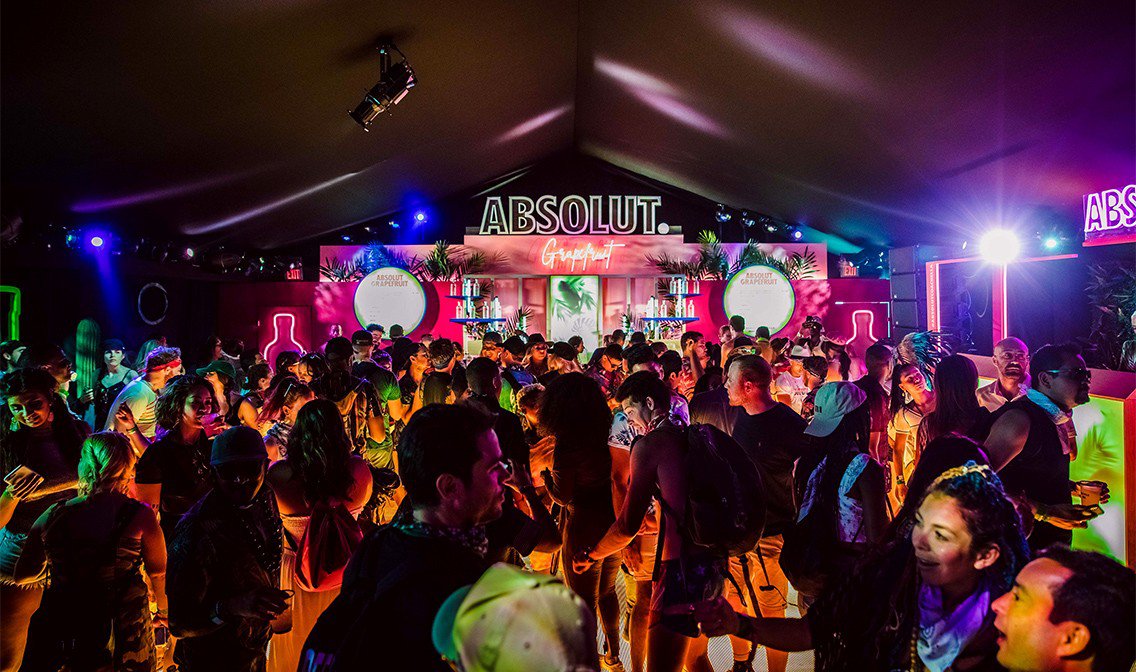
At music festivals there is a lot going on. You want to make sure your activation isn’t getting lost in the saturation of messaging. Having a clear objective for the brand is your North Star. This is especially key if the brand is launching a new product. Oftentimes launches come with more challenges and questions. Why are we doing this? What are we trying to do? What do we want people to be talking about?
A good experience designer will help the brand translate the look and feel of the new product into an experiential format so that they can harness the activity and energy of the festival environment, rather than be defeated by it.
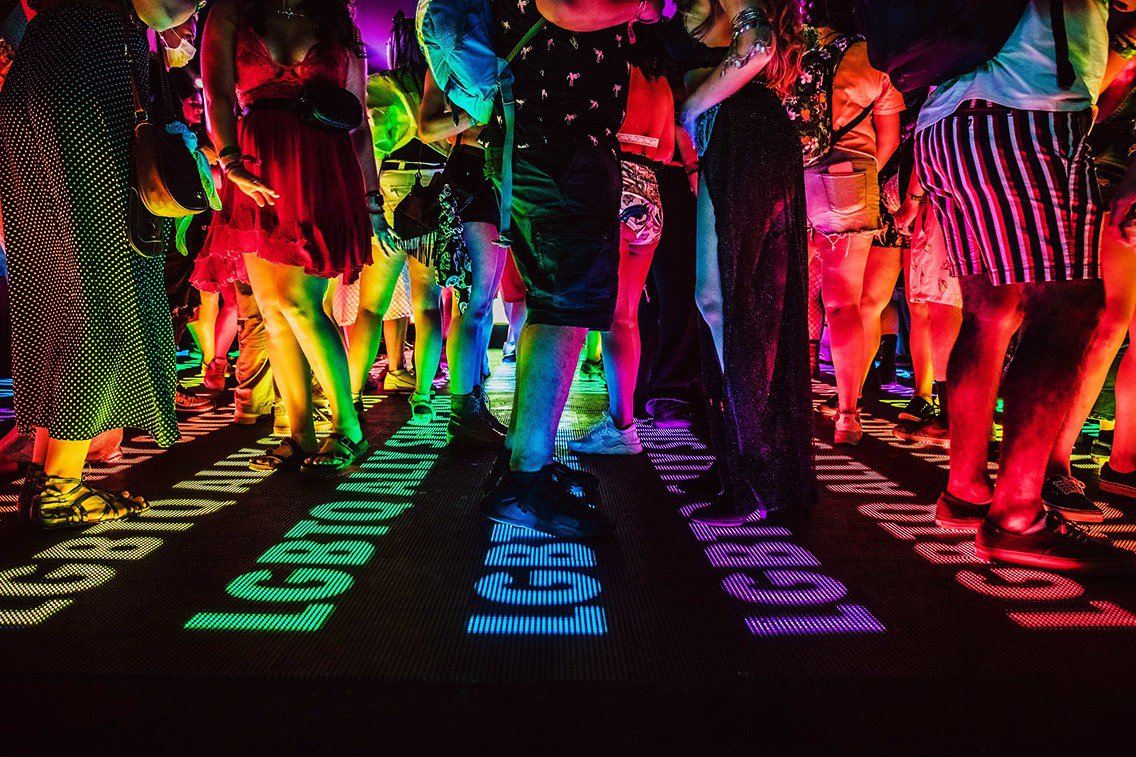
As you are speaking to festival goers, you are surrounded by other brands trying to do the same thing. Experiential marketers succeed by having a specific audience in mind. We must speak to the audience in a human way, joining the conversation by staying authentic, instead of speaking “at” them.
MKG partnered with Absolut to throw “the most inclusive party at Coachella” called The Absolut Openhouse. The emphasis on inclusivity began with the messaging and materials and carried over into the design and photo moments (including a neon rainbow hallway). Everything about the experience celebrated people coming together, whether their identity was as a festival attendee or something more.
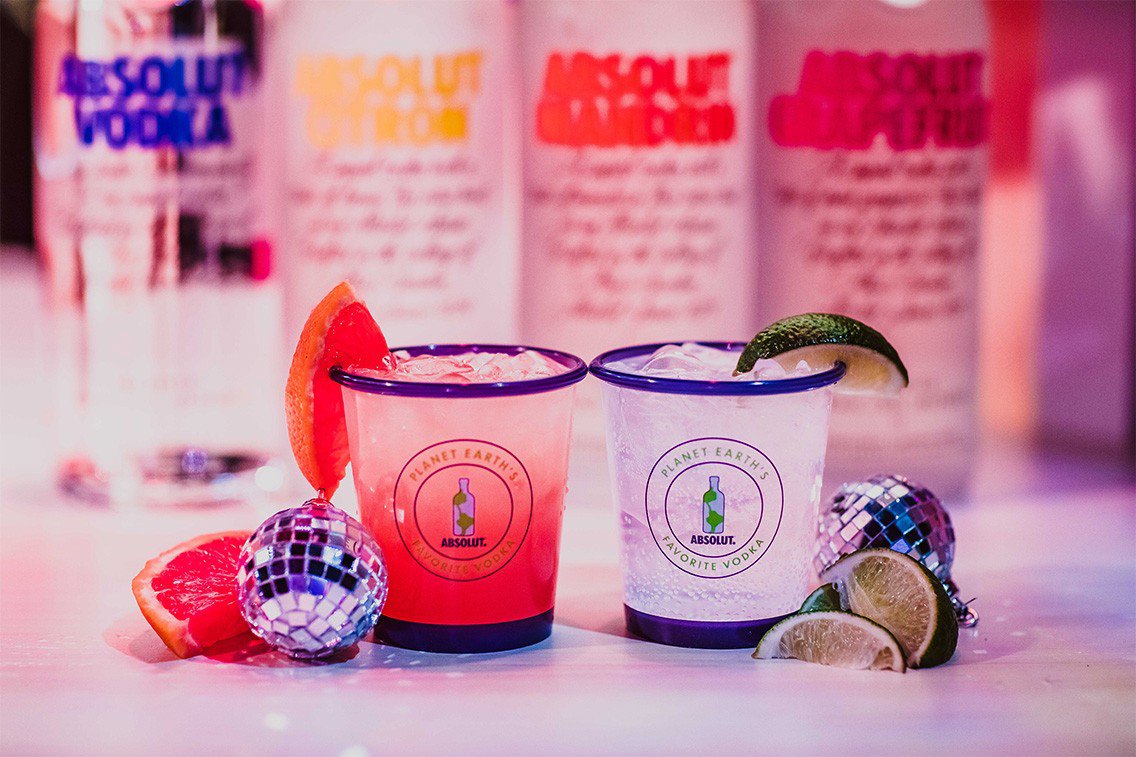
You want people to talk about your activation as if it’s a destination. You want them to know it’s a place they should make time to see, no matter how many other activities are happening. For The Absolut Openhouse, the experience started with the entry tunnel where we set respectful ground rules for the space and talked about the brand and what they celebrate. We made it a space where attendees would want to spend time, take photos and feel comfortable being themselves.
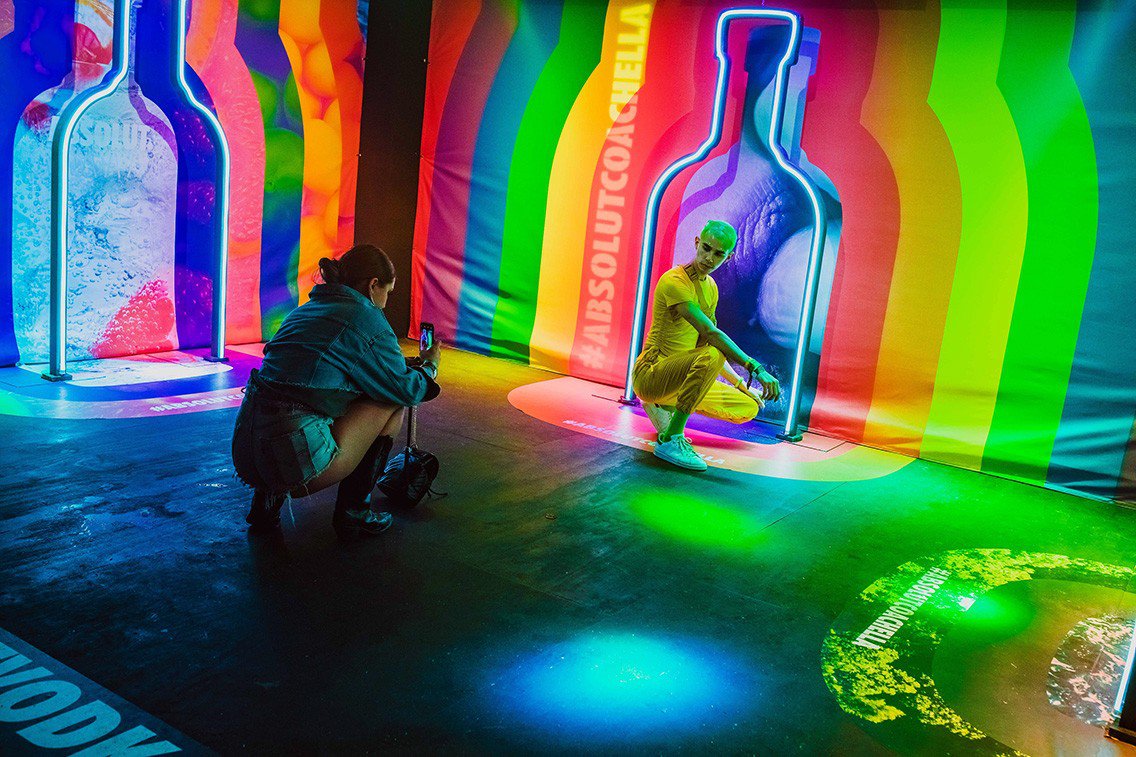
When you are designing an experience within a festival, you’re on someone else’s playground. There are guidelines and lanes you need to stay within. Establishing a relationship with the festival organizers is key as you stay within the boundaries of the festival, which is a creative challenge, but also create the statement and destination that is going to succeed.
First and foremost, you want to make sure you have the right timeline for designing your event. So not only giving yourself time like you normally would for client review and feedback, but also adding in that other layer of approvals you will need. Certainly the first year working with a festival is always the one that's the most critical, but as you establish relationships with the stakeholders the whole process becomes easier.
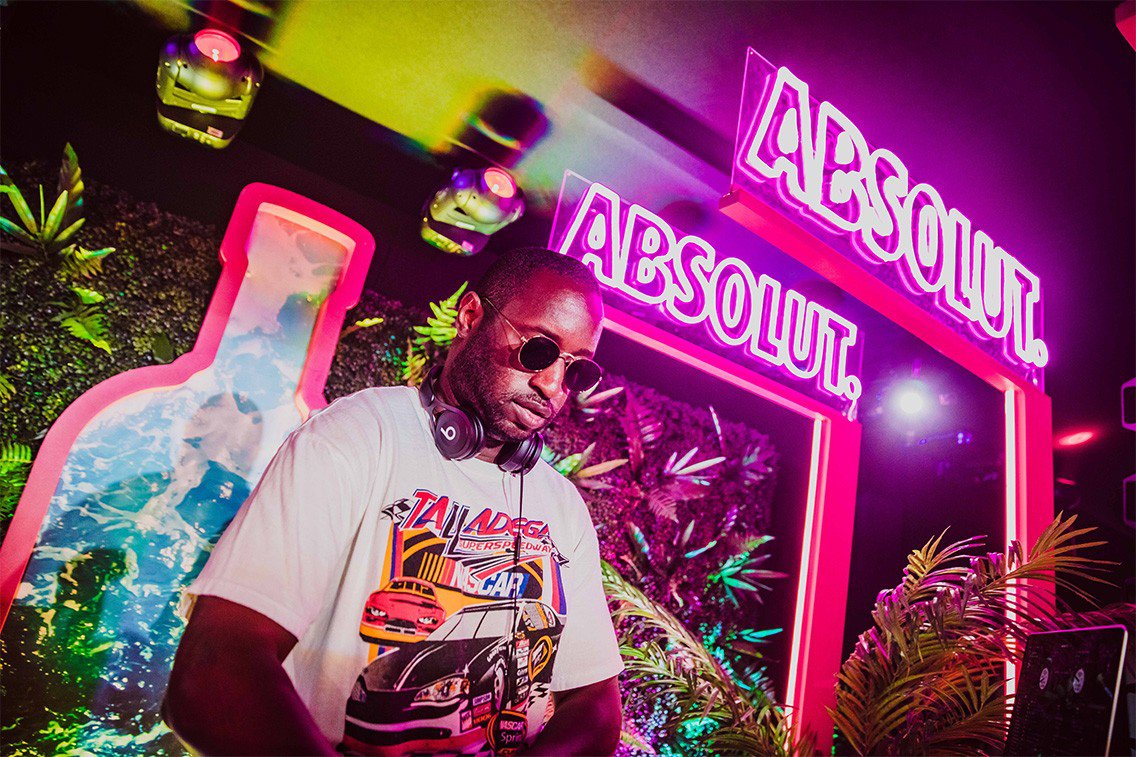
Interpreting the success of a festival event really depends on the brand. At festivals you have a built-in metric of success because of the real-time data of people moving through the space and how much time they are spending there.
Obviously you’re there to get a brand message out there, but it’s not just about the number of people who come through, and that’s why knowing your audience is so important. You want people touching and trying your product, but you also want them to remember the brand message. Success is when the experience resonates with the people you set out to reach.